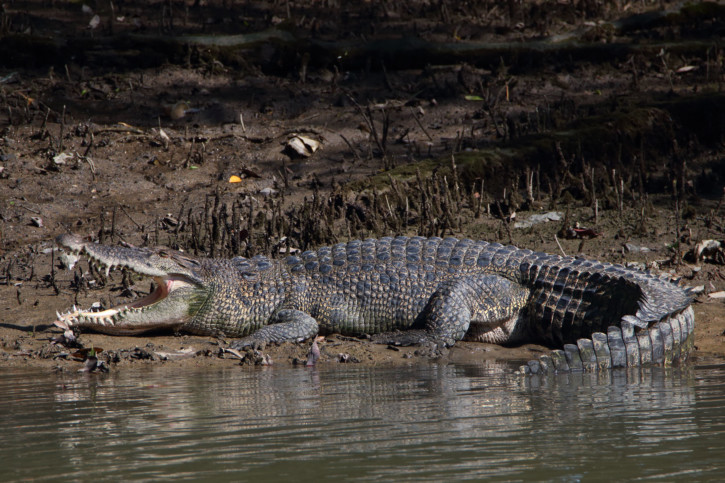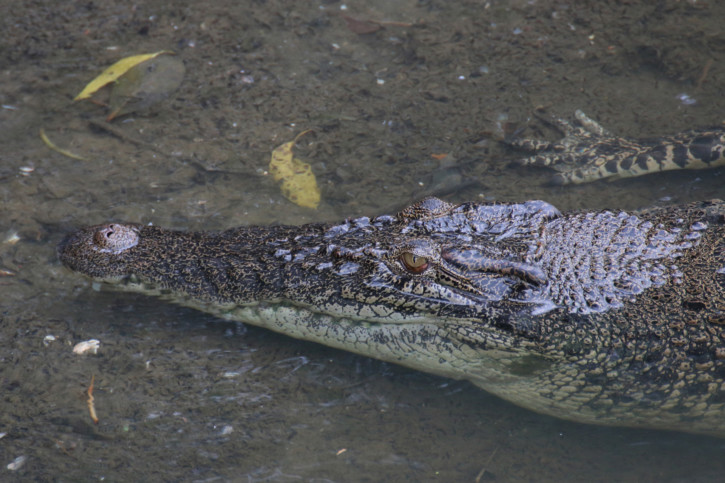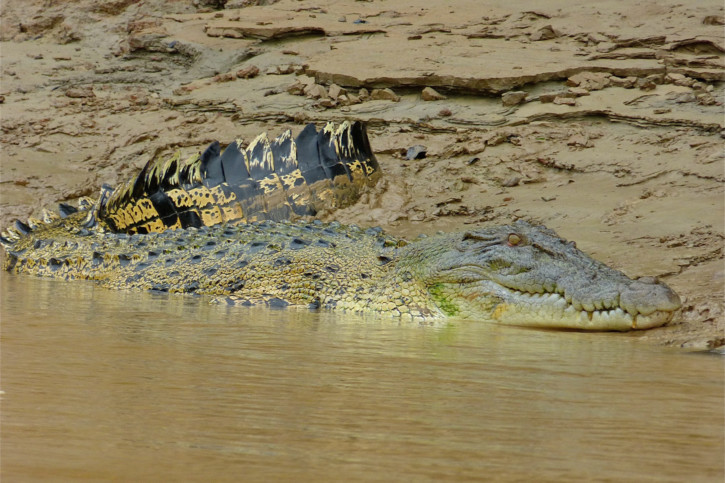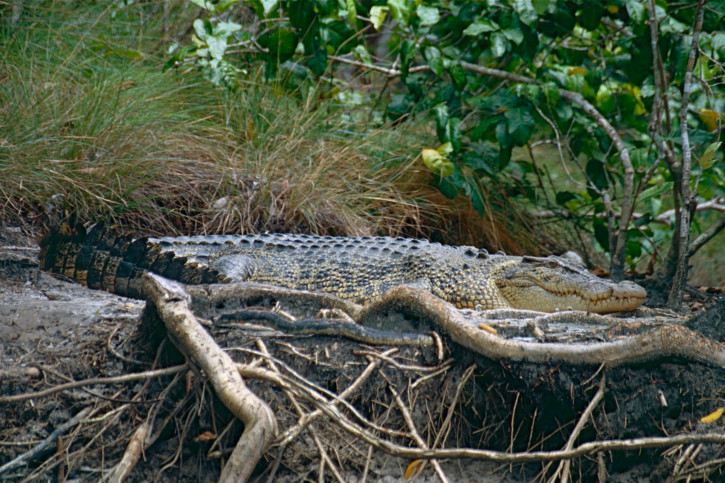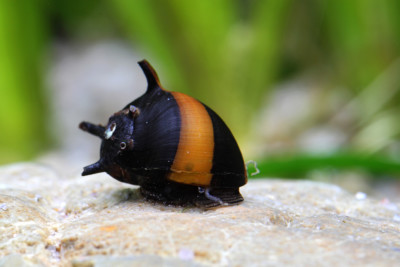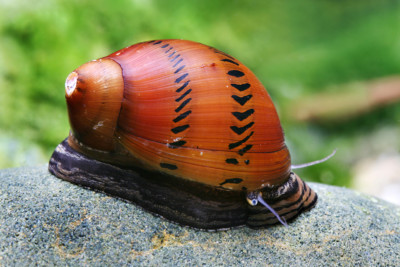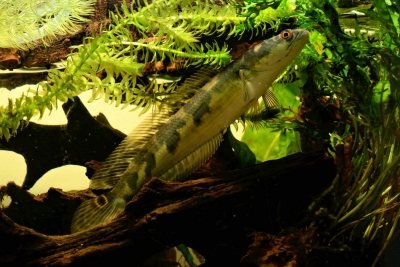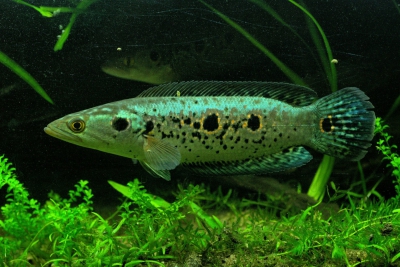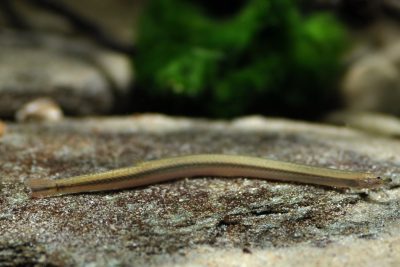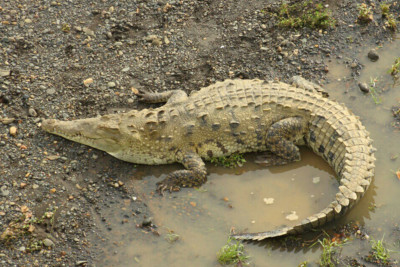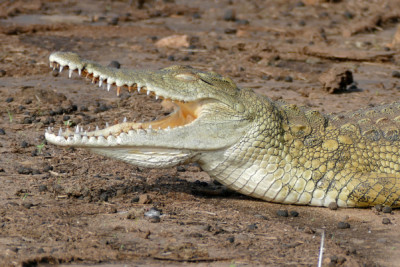saltwater crocodile
| Scientific name | Crocodylus porosus |
|---|---|
| Descriptor | Schneider |
| Year of description | 1801 |
| IUCN category (World) | LC |
| Family | Crocodylidae |
| Genus | Crocodylus |
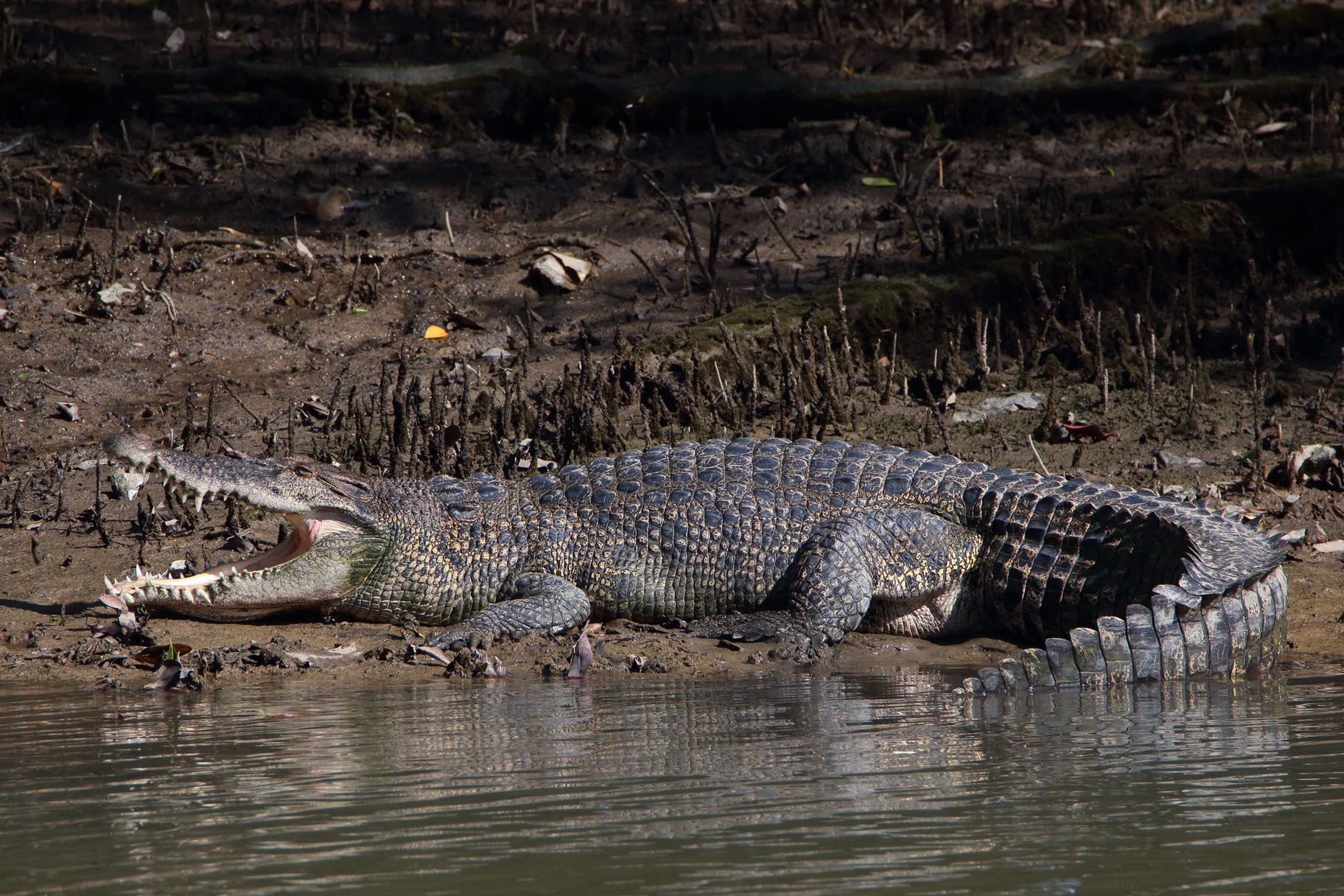

Introduction
Crocodylus porosus, commonly known as saltwater crocodile, is a fresh water and brackish water reptile.
This sheet is currently being prepared. The texts currently proposed come from our data model or are being drafted. To request priority for this content, you can write to us HERE.
Who is it?
Morphology
-
Female size300 - 420 cm
-
Male size500 - 620 cm
-
Weight450 - 1000 kg
-
Motifdrawn scales
-
Mimicryplants
-
Longevity100 year
-
Female size300 - 420 cm
-
Male size500 - 620 cm
-
Weight450 - 1000 kg
-
Motifdrawn scales
-
Mimicryplants
-
Longevity100 year
How to recognize This reptile ?
The saltwater crocodile measures around 500 cm. The dominant males can however reach 620 cm. This reptile is bicolore with a predominantly noir, marron and beige body. The also has drawn scales.
Sexual dimorphism
The adult male is bigger than the female.
Behaviour & Life cycle
-
SociabilityThe following information corresponds to the mode of sociability once sexual maturity has been reached.solitary
-
Way of livingnocturnal
-
VenomousNo
-
Dietpredator
This species is known to emit sounds easily audible by humans.
The saltwater crocodile hunts in the stalk and is one of the predators of its biotope. Opportunistic, it does not hesitate to attack any smaller animal nearby.
The saltwater crocodile is a reptile solitary naturally found in the vegetation. This species is carnivorous . This reptile lives mainly at night. Usually, it leaves its hiding place and starts to be active once it gets dark.
The saltwater crocodile is a territorial animal that does not tolerate any incursions into its living area. It is particularly virulent against other territorial species and it can provoke heated fights. In a constant quest for dominance, the dominant males of this species cannot stand each other. The battle between two individuals can be intense and violent. It will result in the submission and sometimes even death of one of the protagonists.
Reproduction
-
Reproductionovipare qui enfouit ses œufs
-
PolygamyYes
-
Clutch size40 - 60 eggs
The saltwater crocodile is a reptile ovipare qui enfouit ses œufs. In this species, the dominant males are polygamous and reproduce each season with several females. This reptile protects its eggs from nearby predators.
Life-threatening species
-
VenomousNo
-
BiteYes
This species can attack if it feels threatened. It is important to be particularly vigilant especially during dives or fishing sessions. In the most serious cases, it can cause death.
Origin and distribution
Conservation status of populations (IUCN)
What is its habitat?
Natural environment characteristics
-
Temperature18 - 35 °C
-
FlowSlow and Stagnant
Biotope presentation
The acidification of water comes from the decomposition of plants. This phenomenon changes the color of the water, which tends to turn brown. In some areas particularly rich in organic matter, the water is so dark that it is called "black water".
The saltwater crocodile is most often found at a depth between 0m and 4m. However, it is not impossible to find this species at other depths. This animal evolves in areas characterized by a strong presence of vegetation (aquatic and marsh plants, decaying organic matter, roots...).
Species of the same biotope
To go further
Sources & Contributions
Participation & Validation
The Fishipedia team and specialist contributors are committed to providing high-quality content. However, although the information comes from scientific sources or testimonials from specialists, the cards may contain inaccuracies.
Translation
Translation done with the valuable contribution of our translators, who make this information available to a wider audience. We sincerely thank them for their commitment.
Bibliographic references
FAO species identification guide for fishery purposes. The living marine resources of the Western Central Pacific. Volume 6. Bony fishes part 4 (Labridae to Latimeriidae), estuarine crocodiles, sea turtles, sea snakes and marine mammals. - K.E. Carpenter - FAO Fisheries Synopsis - 2001.
Crocodiles. Status Survey and Conservation Action Plan. - Webb, G.J.W., Manolis, S.C. and Brien, M.L. - Crocodile Specialist Group: Darwin. IUCN - 2010.
Dead or Alive? Factors Affecting the Survival of Victims during Attacks by Saltwater Crocodiles (Crocodylus porosus) in Australia. - Fukuda Y, Manolis C, Saalfeld K, Zuur A. - PLOS One - 2015.
Scientific partners
Tags
Same genus
Species of the same biotope
